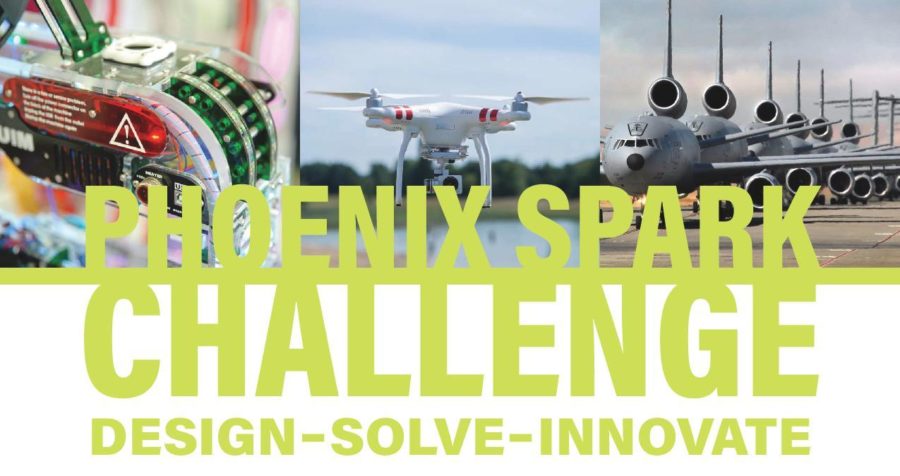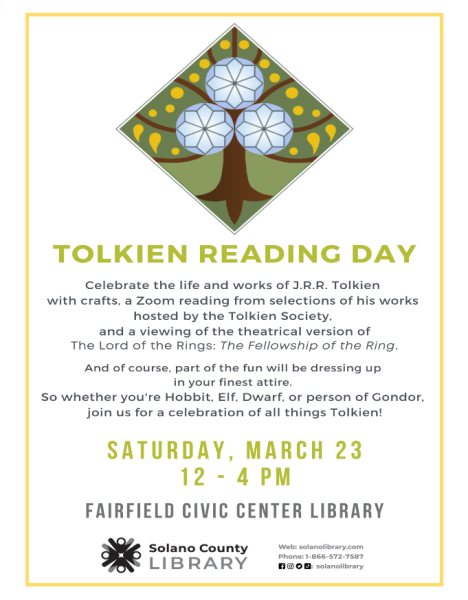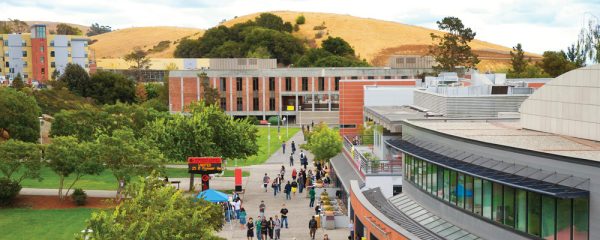Phoenix Spark Challenge Preview
The Phoenix Spark Challenge, organized by Solano County Office of Education and Travis Air Force Base (AFB) Phoenix Spark program, will be challenging students from Armijo’s award-winning Robotic steam on Tuesday, May 7.
Eight teams will compete in three separate challenges. Each team will consist of up to five people. The winning team and the runner-up teams can win cash prizes in each challenge.
The first challenge is the M8 Paper Bot challenge. “M8 paper is utilized by Air Force emergency responders during Chemical, Biological, Radiological, Nuclear (CBRN) attacks to detect chemical particulates in the air. Some particulates can be a micron in size. If the paper detects a particulate, it changes color either to blue-green, yellow-gold or shades of red. Currently, the paper is placed in designated locations by a post-attack reconnaissance (PAR) team in CBRN protective clothing. The team must then check the paper for changes, relying on magnifying glasses and the human eye. Current processes put humans at risk of contamination and introduce chances of error,” according to the materials provided by the Phoenix Spark Challenge.
Team members will build something that can detect changes in the M8 Paper, something that can alert PAR team members of changes, transmit via Bluetooth or Wi-Fi, transmit a picture of the affected area and be cleanable in a 5% bleach solution. Once they have done this, they will be expected to present a 3-5 minute sales pitch. That presentation will include details about what they have done, a cost analysis and why they have the best design.
The second challenge is to create a Continuous Process Improvement Pre-Event Kit. “Continuous Process Improvement (CPI) is an organization of trained individuals who can assess process shortfalls in various workplace workflows,” the Phoenix Spark Challenge materials state. “CPI teams often struggle to gather meaningful data on foot traffic, motion tracking, workflows and cause and effect systems. “ Without the knowledge provided by the data makes it challenging to develop improvements.
Team members will be expected to create a system that can gather the necessary data, including motion and foot traffic details and customer service engagement. They will then present a 3-5 minutes sales pitch to share their design and its benefits.
The final challenge addresses the Travis Heritage Center. The Center sees thousands of guests annually and they want to extend the experience to include virtual reality (VR) into their C-5 cockpit simulator, bringing the Heritage Center into the digital age, making it competitive with other air museums.
Team members will create an aircraft tour and a VR flight that includes local landmarks. While it is beneficial for the museum, the experience that the team creates should be able to be a stand-alone device. That device will be presented in a sales pitch and team members will be able to present why their design is the best.








